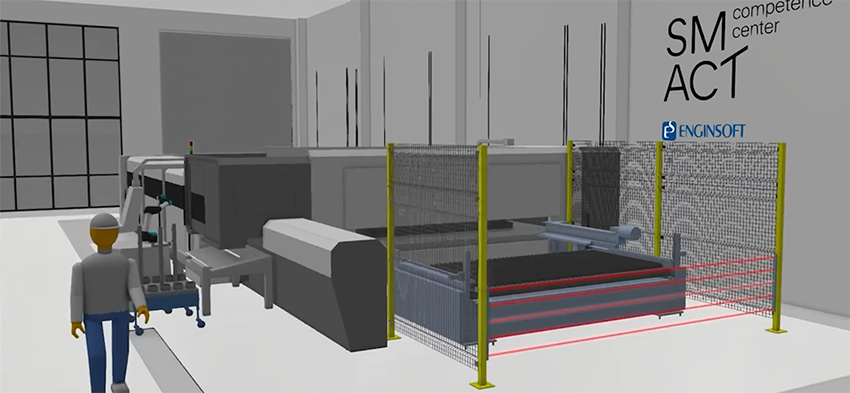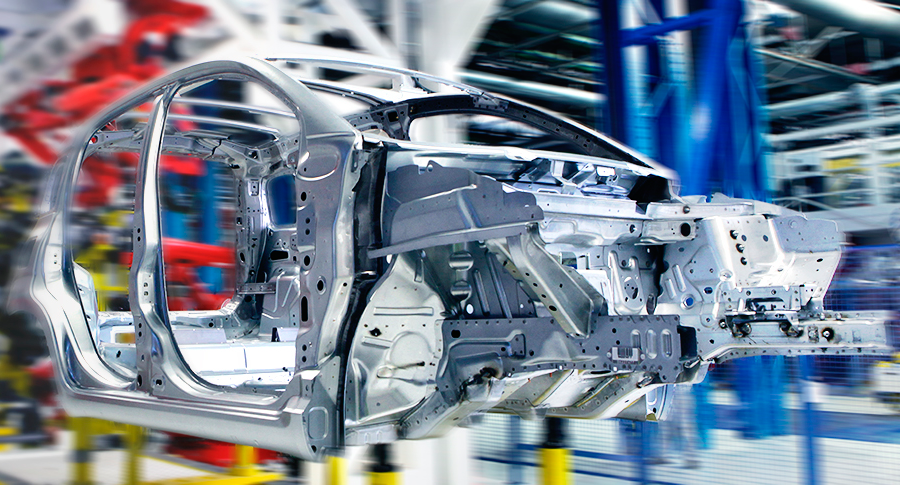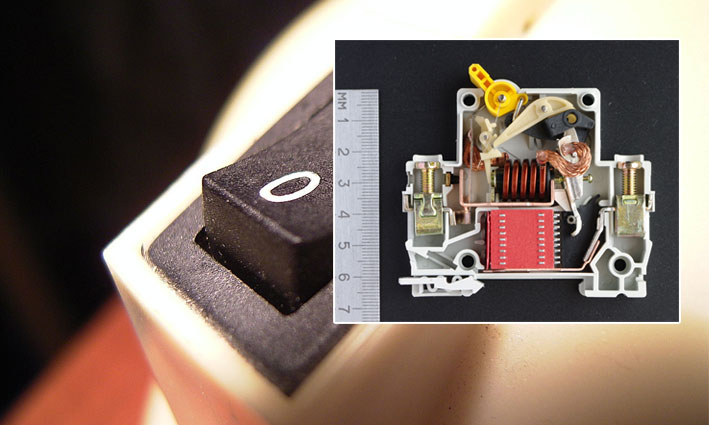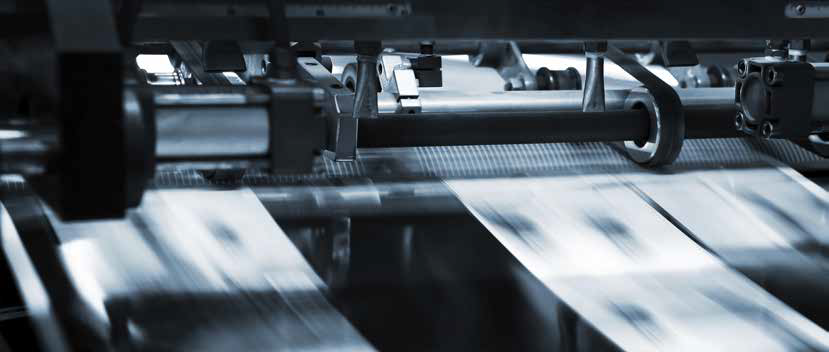iPhysics
Digital engineering, simulation and augmented reality for machines, production lines design and plant logistics
ilPhysics is a product of Machineering Gmbh.
ilPhysics is a product of Machineering Gmbh.
iPhysics is an innovative simulation platform for the digital design and virtual commissioning of complex production machines, lines and plants. By integrating the mechanical, electrical and software engineering it provides substantial benefits, such as the possibility to further optimize the machine sequence planning, immediately verify solutions and reduce costs.
iPhysics enables comprehensive engineering from the CAD level to the PLC and robots simulation. It provides the ability to realistically simulate lines and plants and obtain better Throughput and OEE estimates. It enhances communication between the mechanical and the automation design teams effectively reducing risk for complex plants and projects and simplifying commissioning. It provides the possibility to evaluate multiple design solutions and seamlessly explore new ideas and what-if scenarios. Furthermore, industrialPhysics integrates the Augmented Reality features that advance the production processes visualization allowing to effectively engage the design and sales teams with customers.

A collection of videos, which show some applications of this innovative platform for the design and simulation of machines, lines and production plants.
Visit the dedicated area

Send your technical questions to our experts!
Connect you with an EnginSoft expert who can provide a reliable answer to your technical question or recommend a
proven solution.
CASE STUDY
The following article explains how this new approach to the design of automated machines can enable industrial automation OEMs and system integrators to achieve these business imperatives with the assistance of industrialPhysics simulation software.
mechanics iphysics industry4

CASE STUDY
In this case study, EnginSoft engineers explain how they used modeFRONTIER to assist Comau, a Fiat Chrysler subsidiary, to optimize their approach to the preliminary design of production systems for automotive manufacturing system RFQs.
automotive optimization rail-transport modefrontier SIMUL8 iphysics industry4

CASE STUDY
The premium software RecurDyn was used to simulate a Double Pole Single Throw Switch using three different modeling schemes. A comparison of the results provided useful information for the designers.
recurdyn mechanics multibody

CASE STUDY
In this article, Uteco describes how it applied Computational Fluid Dynamics (CFD) to assist the design and improvement of its printing machines.
cfd ansys mechanics
CASE STUDY
This study discusses the complex and challenging problem of controlling vortex-induced vibrations (VIV).
cfd mechanics ansys rbf-morph